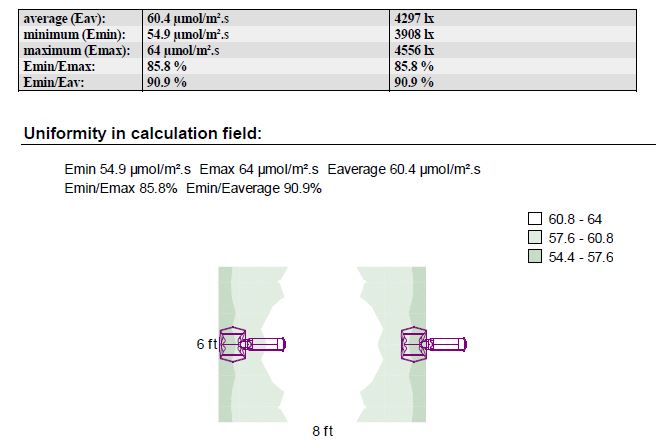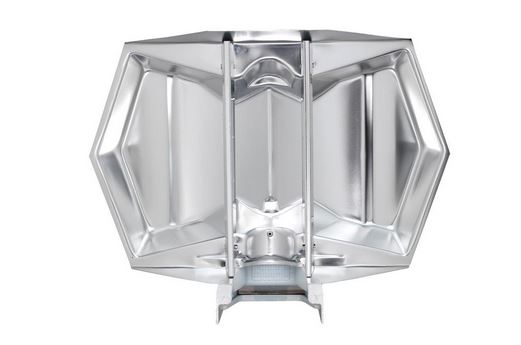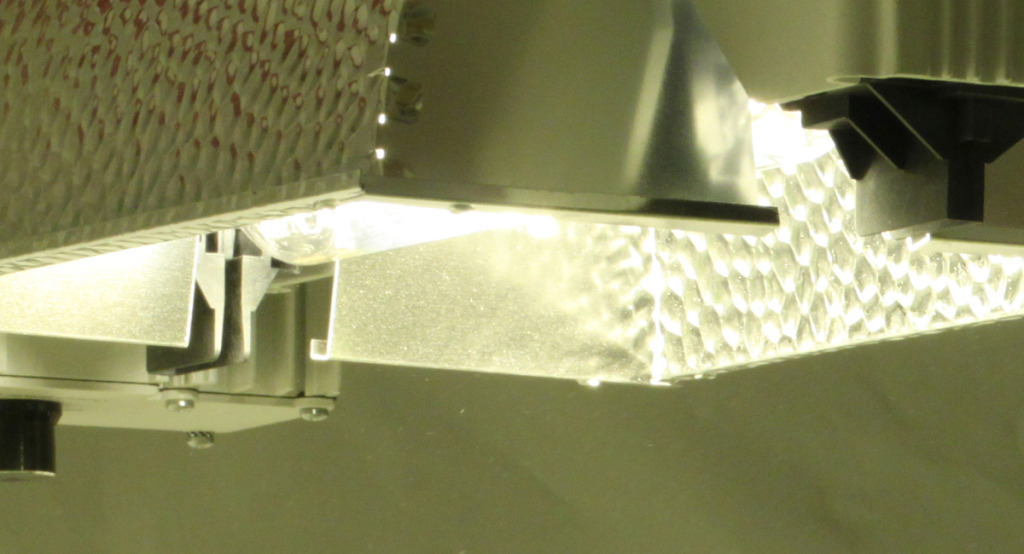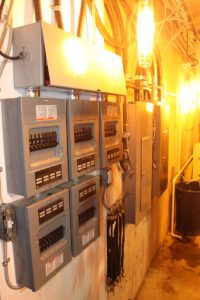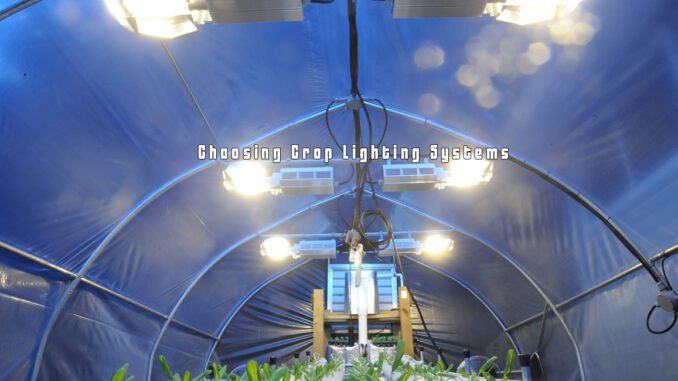
Choosing Crop Lighting Systems
Buying Grow Lights–Ask These Questions FIRST!
Choosing crop lighting systems carefully is a keystone in successful growing whether gardening indoors solely with artificial grow lights or applying supplemental greenhouse lighting to create longer days or provide more light energy for growth.
[quote]If you ask your potential supplier what the best grow light is and they simply point you to a particular unit…keep looking.[/quote]
Choosing crop lighting systems has never been so confusing, especially for the hobbyist or small scale commercial grower. There are literally hundreds of types of grow lighting to choose from, whether HPS (high pressure sodium), MH (metal halide), T5 fluorescent lights, Induction Crop Lighting and more recently LED (light emitting diodes), LEP (light emitting plasma), DE HPS (double ended HPS) or CMH (ceramic metal halide).
While all of this choice may sound a little intimidating, it can be a good thing if you:
a) do your own research, take claims with a grain of salt and shop carefully
b) work with a reputable supplier who has lots of experience
For either A or B as above to hold true, there is one very important thing that rests on you, the grower in choosing crop lighting systems, and that’s knowing your crop lighting needs.
If you ask your potential supplier what the best grow light is and they simply point you to a particular unit…keep looking.
They should be asking you some of the questions that we will address below.
These are what we’ll call the SAQs–that’s the SHOULD Ask Questions you’ll need to know the answers for yourself in making this critical and often very expensive purchase decision. It’s also good stuff to know when discussing these important details with a competent and trustworthy supplier if that’s applicable to your situation.
[ml-adverts location=home-page-content-banner-1]
Growing Style
Are you growing lots of little short plants, for example in SOG (sea of green) or do you want to grow big tall “trees”.
Rule of thumb:
SOG you will want very even coverage, even if it means sacrificing some intensity–usually horizontal lighting delivery is preferred here.
For Trees indoors, you will likely want vertical lamps to broadside larger bushes; combining horizontal and vertical applications is the best option when it comes to high yielding and fast growing plants four feet or taller at maturity. A single plant can easily occupy a five foot by five foot area, so keep lamps a safe distance from the plant tips, ceilings and walls is another consideration here.
SCROG (screen of green) rests somewhere in the middle of the above two styles and distinctions
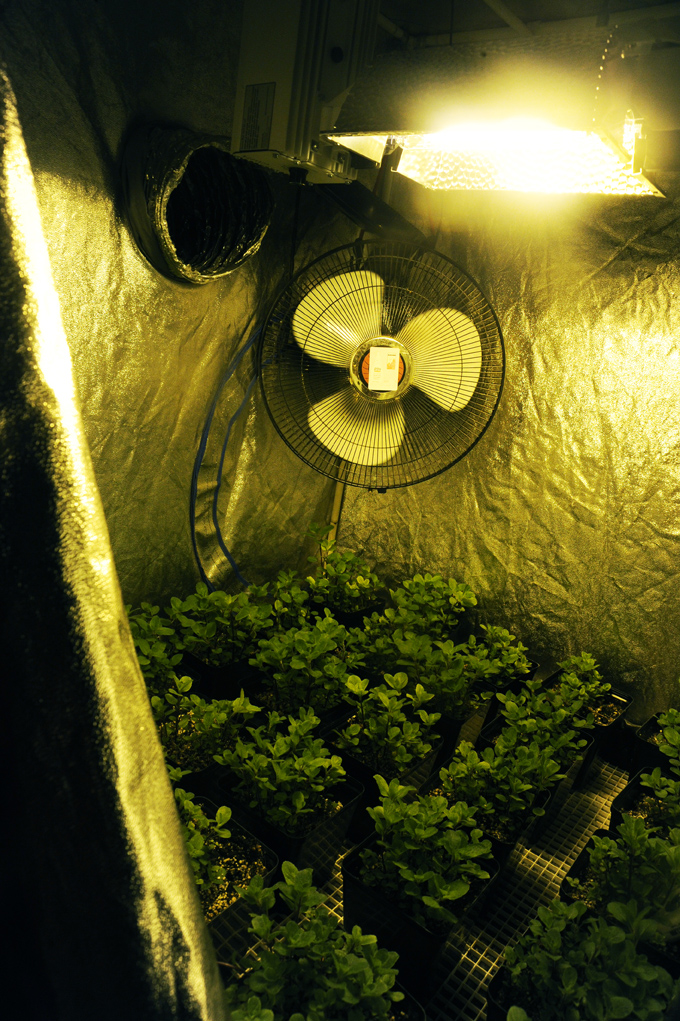
Plant Lighting Intensity Requirements
The Pros may discuss things like micromoles, photon flux density or similar. While this is good, it is not an absolute by any means, because that would assume all plants use light the same way (in the real world, some may do better with more “red”, while other may prefer more “blue”–this is more to do with “spectrum)
The stage of growth may play a role in what kind of crop lighting intensity you’ll want to deliver to ensure your plants get what they need in choosing crop lighting systems. For example, most plants need the most intensity when in reproductive growth phases like budding, flowering or fruiting and can do just fine (or even prefer) substantially less intensity in vegetative or ripening phases.
At the very least, consider whether your crop lighting requirements in terms of intensity are low, average or high–and at what growth phase.
If you are providing supplemental lighting, for example in a greenhouse, how much more light will you need?
Will you need to just interrupt the dark cycles to create long days or do you want to make up for cloudier days, making it the brightest day possible every days, so long as it is benefiting your crop?
Quick Lesson & Free Ap on for Crop Lighting Intensity | HERE |
What are the Limitations?
There are practical things to consider too. Here’s just a few examples:
Budget -Can you afford the latest and greatest because you have the capital to invest and are looking for long term gains, or are you getting started on a limited budget? There is some give-take here because what you save on the initial purchase price can mean higher operating costs over the longer run. A great example of this is comparing a professional LED crop lighting system to a standard HPS hobby kit.
Dimensional Constraints -That fancy new DE HPS kit you’ve been eying….are you going to have three feet of clearance between your plant and the light after you calculate a safe distance for the fixture from the ceiling, the final height of the plant–and what about the height of the container or growing system? Do the math first or you might run out of room (and money) quickly. Conversely, LEDs, Induction, or T5s lighting allows people to grow successfully in very limited spaces–even closet sized.
Electrical -Are you going to need wiring upgrades to run at 240V? Do you have enough power available to operate numerous energy hungry fixtures, or should you look for something more efficient? Is the lighting system you are considering going to be up to local wiring codes for your application? Is it FCC compliant (Radio Frequency Interference is no joke).
Ease of Install -Will you be able to plug in and start growing right away out of the box, or will you need to have custom wiring performed by an electrician and require a support system to suspend heavier fixtures. Tip: don’t underestimate the cost of wiring safely-budget carefully!
Some other things:
Adjustability–can you easily change the intensity, for example by manual or automatic dimming? This can allow you to use one light source efficiently for all stages if starting off on a budget.
Reflectors/Optics–are you stuck with one type of light spread from your lighting system or can it be adjusted by swapping reflectors, or even removing the reflector altogether in the case of vertical HID lighting applications (often used in larger “trees” indoors).
Coverage–for every watt you consume, how much area can you effectively cover for the targeted growth phase you have in mind at particular intensity?
Heat–BIG ONE-DO NOT OVERLOOK-most grow lighting systems throw off as much heat as they do light. While in a greenhouse during winter months when light levels are low the extra heat is welcome, indoors during summer it could lead to serious cropping problems from overheated and stressed plants that yield poorly. In relative terms, will your light source tend to run cooler or hotter–can it be air cooled in a sealed reflector with a glass lens if needed? The savings in Air Conditioning outlay can be significant.
Reliability-Don’t overlook this either. If you buy cutting edge technology that hasn’t been around the block yet you may occasionally sacrifice some reliability for improved performance. It can take a while to iron out the kinks in any new tech–even more so if it has hastily been adapted to the indoor growing market from the commercial lighting sector. Always buy something that offers a warranty you can count on being honored and use the equipment within the manufacturers specifications.
Here’s a portion of a professionally designed crop lighting system based on some of the above SAQs for a greenhouse supplemental lighting system using 400w HPS lumieres:
